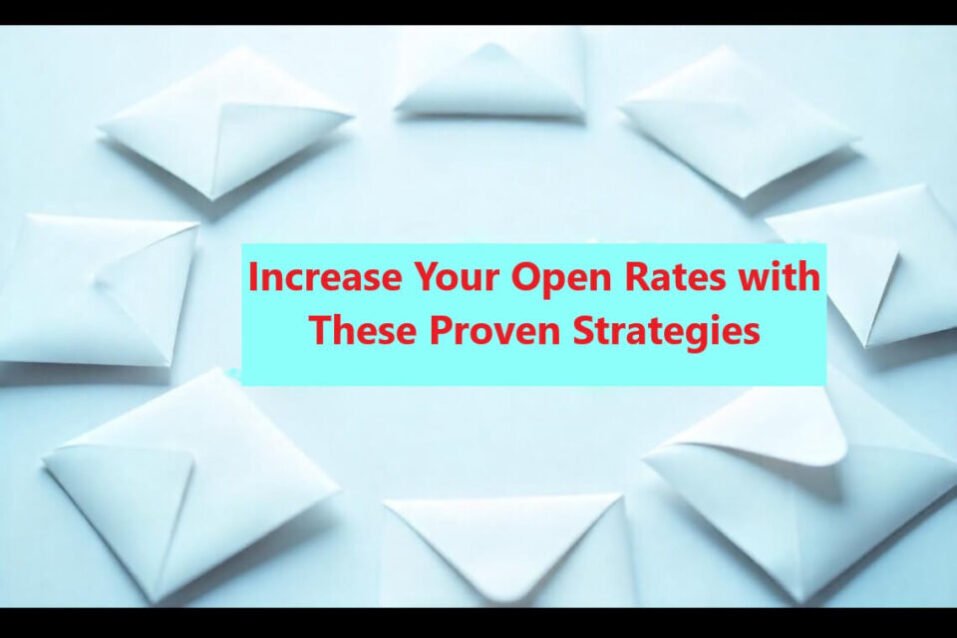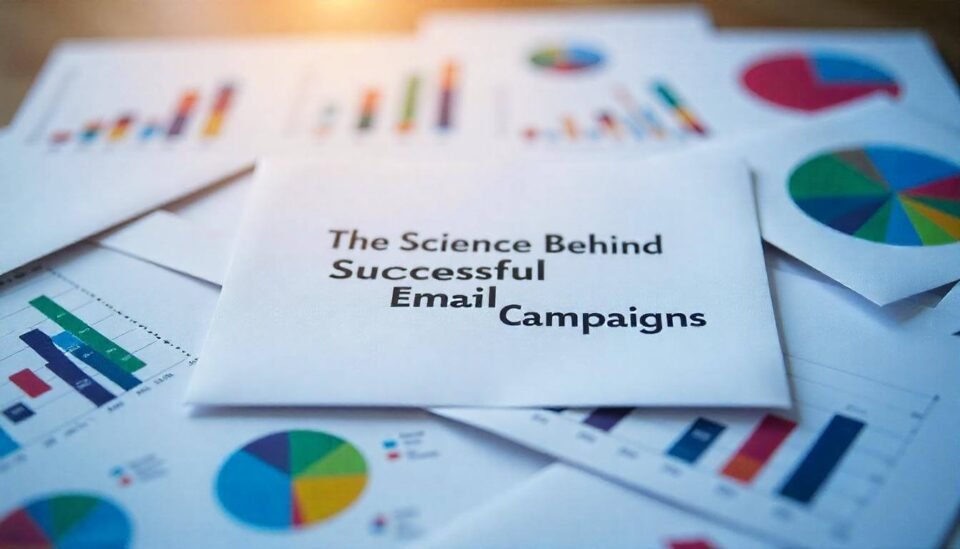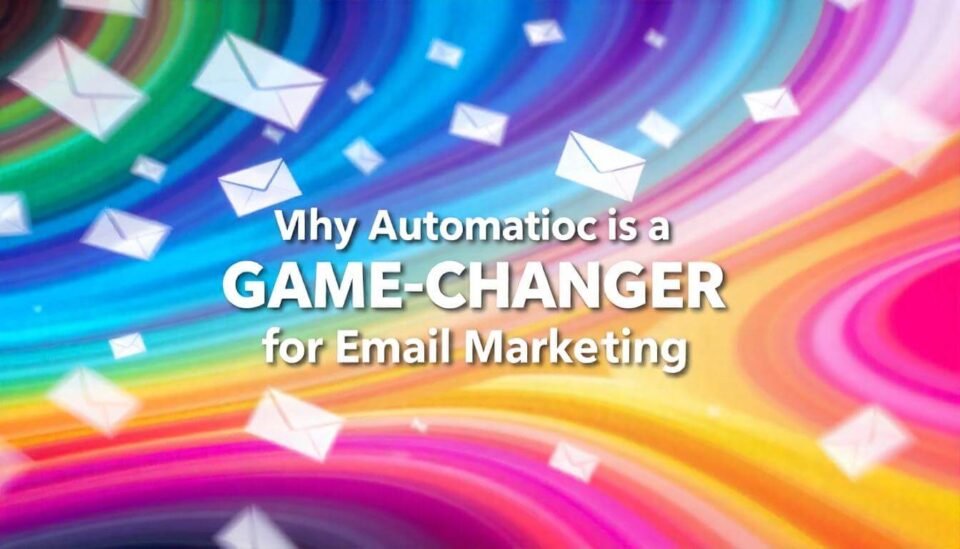Today, email marketing is one of the most powerful platforms to build relationships with your audience, and convert subscribers into paying customers. So how do you take it even further than getting subscribers; how do you force leverage that list into pulling sales? In this blog post, we’ll share practical email marketing tips that can help you turn your subscribers into paying customers.
Why Subscribers Are Important
Before we move into the strategies, it’s important that we first set out what the power of building your subscriber list is. In long form, lead generation is based on collecting the information (such as name, contact # and/or email) of a person who has shown interest in your brand by opting in to get your content or offers. They’re already warm leads, which puts them in a better position to convert into customers than a cold contact would be.
Gathering subscribers though, isn’t enough. But to your advantage, you want to engage, nurture, and convert, to maximize the value of your list. Fortunately, the bad news is that you can easily turn these subscribers into paying customers with the right email marketing strategies. Let’s explore how.
1. Personalize Your Emails
Creating a deeper connection with your subscriber requires personalization. Instead of sending generic, one size fits all emails, why not personalise your messages to your subscriber, based on their name, location, or purchase history?
Imagine if your subscriber just purchased a product from your website, a follow up email with relevant product suggestions or tips on how to really enjoy using the product would be great. This would show them that you know what your subscribers want, so you can show them that they’re cared for and improve your chances of a future purchase.
Key Tip: Use dynamic content that’s updated based on subscriber behavior. This will get you better email relevancy and higher email engagement.
2. Write Crafty Subject Lines.
The subject line is the first thing a subscriber sees, and this first thing … will determine if your email is opened. Your clickthrough rates and open rates drop as the subject line becomes less compelling. Opening the email should be attention grabbing, clear, and convey the value of opening the email.
To create effective subject lines, focus on:
Curiosity: Give the reader a reason to stay and click.
Urgency: Create a sense of urgency with phrases like “limited-time offer” or “act now.”
Personalization: The email can feel more personalized by including the subscriber’s name and even referencing his previous action.
3. Provide Value Before Selling
Brands make one of the biggest mistakes by jumping straight into a sales pitch in their emails. First, give value and build trust and engagement. Be helpful with content, discounts, exclusive offers or educational resources before you try selling anything.
For instance, instead of just giving a discount on your product, how about giving a free e-book or guide that can help theses subscribers solve a problem. This proves that you’ve got their best interests at heart not just their wallets. When people trust you, you can then explain to them your product or service to solve their problem.
Key Tip: No matter what, you should always include a call to action (CTA) where the subscriber is encouraged to take the next step: download a resource, learn more, purchase.
4. Segment Your Email List
It’s not all subscribers are created equal: Why should I be sending the same email to everyone? Segmenting your email list allows you to send targeted messages based on specific criteria such as:
Age, location and gender demographics
Behaviour of purchase (Repetition buyers, first time buyers)
Active subscribers vs. inactive subscribers
Segmenting your list means that you can send emails that make sense to each subscriber, increasing the likelihood that they will convert into customers.
Key Tip: There is an email marketing platform that offers the segmentation tools. By saving yourself this time, you will have more room to focus some of your campaign efforts.
5. In this, include strong calls to action (CTAs).
Your Call to Action (CTA) is the part of your email that makes it clear to your subscribers what they “should” do. Your CTA needs to be crystal clear and compelling, and it needs to be easy to understand if someone is going to click on it and complete a transaction, such as purchasing something, or it needs to be easy to understand if someone is going to download a resource, or sign up to receive a webinar that is being presented by you.
Use action-oriented words such as “Get Started,” “Shop Now,” or “Claim Your Offer.” Make sure your CTA button is leading your email and that it’s easy for the subscriber to take the next step.
Key Tip: Find the limit of the number of CTAs in every email. If you give them too many, you overwhelm subscribers and the chances of them taking any action at all decrease.
6. Leverage Social Proof
Social proof works because people trust other’s opinions more than they trust brand messages, so it can be an effective way to convert subscribers into buyers. Both testimonials, reviews, and case studies included in your emails can tell subscribers that others are enjoying your products or services.
Take for instance, if you have a new product or service, get a testimonial of someone who has already used it. This will give the credibility and will also reduce doubts and objections that subscriber could have had.
Key Tip: I also want to add, if your budget allows it, try and incorporate photos or videos of real customers to make your social proof seem as authentic as possible.
7. Use Email Automation
One of the most efficient ways to nurture leads, and convert subscribers into customers is through email automation. You can setup automated emails that occur depending on certain actions, like when someone joins your list or goes back on your cart.
Say, for example, you want to create a welcome series that introduces your brand and talking to some of your more important products or services. Similarly, when a subscriber adds an item to their cart but does not complete the purchase, send them a reminder email providing a special to get them to make the purchase.
Key Tip: Refine your email auto sequences with A/B testing. Try test out different subject lines and content and see what gets the best results with your audience.
8. Optimize for Mobile
The truth is that over half of all emails are opened on mobile devices. Losing potential customers is a risk if your emails are not optimized for mobile. Your emails will appear easy to read on the small screen, with large fonts, easy CTA and mobile responsive.
Key Tip: Make sure your emails look good across different devices. Make the email experience seamless on mobile by keeping design simple and user friendly.
9. Create a Sense of Urgency
There are ways to create sense of urgency that can make subscribers act in immediate. Flash sales, countdown timers, or time limited discounts can offer the lure of a sale just for a short period of time encouraging the subscriber to make a purchase sooner rather than later.
For example, an email that says, “Hurry! 50% off your next purchase – today only” creates urgency and can push subscribers to complete a transaction before the offer expires.
Key Tip: Be honest about the urgency. False claims of limited availability can baselessly hurt your brand reputation.
10. It also means you can analyze and optimize your campaigns better
Finally, over time you need to monitor your email campaigns and make data driven improvements. Next are track your open rates, click through rates (CTR), conversion rates, and bounce rates to measure of the success of your campaigns.
According to this data, review your method of attack. Once you notice that some subject lines drive better open rates and some offer better conversions – adjust moving forward.
Key Tip: Worry not — it is okay to experiment. Another great way of testing your emails is to test different elements of them (subject lines, the content, CTA buttons) A/B testing will show you which ones work best for your audience.
Conclusion
The process of turning subscribers in to customers requires strategy, creativity, and never ending effort. When you customize your email, give value, segment your list, and deploy tactics including social proof and urgency, your chances of converting a subscriber into a loyal, paying customer will be significantly higher. As always, email marketing is a work in progress; it’s not a once in a lifetime thing where you email a list (or two) of people and boom, there’s your ROI—all it takes is just the right application and you’ll see great results for your business. These email tips are actually something your business need to use in today to build your subscribers into your most valuable customers.
By applying these techniques on, you’ll be able to ensure that your email marketing efforts are not only effective, but also results driven while following the best practice to convert your subscribers to life time customers.




